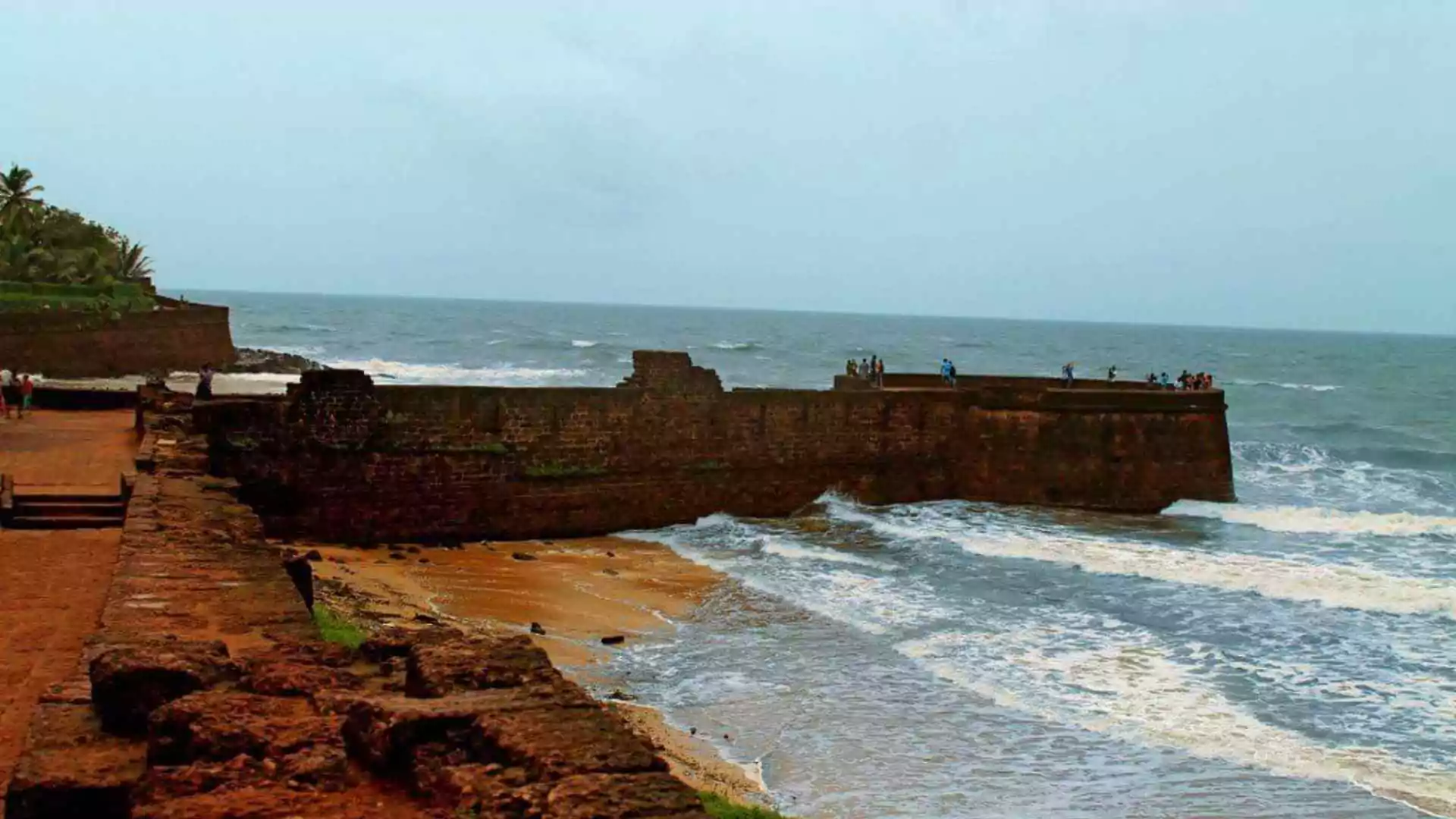Ukraine appears to be deploying a fleet of “dragon drones” in its war with Russian forces, adding a modern twist to a munition with a grim history in both world wars. Recent videos shared on social media, including Telegram from the Ukrainian Defense Ministry, depict these low-flying drones releasing torrents of molten metal onto Russian positions in wooded areas.
Dragon drones capable of delivering fire from the sky
The substance used is thermite, a mixture of aluminum powder and iron oxide that burns at temperatures up to 4,000 degrees Fahrenheit (2,200 degrees Celsius). It can incinerate trees and vegetation providing cover for Russian troops, and can also kill or incapacitate the troops directly. The appearance of the falling thermite, resembling fire from a mythical dragon’s mouth, has earned the drones their nickname.
A social media post from Ukraine’s 60th Mechanized Brigade described these drones as “wings of vengeance,” capable of delivering fire from the sky. The post also highlighted their precision, claiming that no other weapon matches their accuracy, and referred to their impact as causing Russian forces to lose sleep, drawing a parallel with the Norse god Vidar of vengeance.
Dragon drones create psychological effect more than physical impact
Defense analysts suggest that while the use of thermite is innovative and creates a significant psychological effect, its physical impact might be less substantial. It was noted that Ukraine’s capacity for deploying thermite is limited, making it more of a niche capability rather than a widespread weapon. Despite this, analysts acknowledge the terror that thermite can instill.
Thermite, originally discovered in the 1890s by a German chemist and used initially for welding railroad tracks, was later utilized in warfare. During World War I, the Germans dropped it from zeppelins over Britain, and both Germany and the Allies used it during World War II. It was employed to disable captured artillery by melting the breech shut.
Dragon drones: A potent tool in modern warfare
According to Action on Armed Violence (AOAV), Ukraine has previously used thermite from drones to permanently disable Russian tanks. The intense heat from the thermite ignites and destroys everything inside the tanks. This precision and the drone’s ability to bypass traditional defenses make thermite bombs a potent tool in modern warfare.
The United Nations Office for Disarmament notes that incendiary weapons, including thermite, cause widespread destruction and environmental damage. Such weapons produce fires that are difficult to predict and control, impacting large areas.
While thermite is not banned for military use, its application against civilian targets is prohibited due to the severe injuries it can inflict. Human Rights Watch has described incendiary weapons as notorious for their horrific human cost, causing deep burns and long-term damage.
Russian forces using incendiary munitions
Since Russia’s full-scale invasion of Ukraine in February 2022, Ukraine’s forces have faced challenges but have shown innovation with small drones. An incursion into Russian territory near Kursk in August boosted Ukrainian morale. Kyiv has accused Russian forces of using incendiary munitions on civilian targets earlier in the war, including in a village outside Kharkiv.
Despite the use of incendiaries by Russia, they have not led to a swift victory. Analysts believe that for Ukraine to achieve significant results, it needs greater mass and force. Nevertheless, thermite adds to the fear of Ukrainian drones among Russian troops, potentially influencing their morale and response.
Use of thermite in wars
The use of thermite in this conflict is not unprecedented. In May 2022, videos surfaced on social media suggesting that Russia might have used artillery shells with a thermite mixture to bombard Mariupol. A few months later, another video seemed to show thermite-filled artillery shells hitting the Donetsk city of Marinka. In both incidents, the fiery cloud from the shells burned a broad area indiscriminately.
Thermite has also been used in grenades deployed by drones, primarily to finish off damaged vehicles and equipment. Videos from that period demonstrate this application.
Steel Hornets, a drone weapons manufacturer based in Kyiv, began promoting these munitions online. In an April Telegram post, they addressed questions about incendiary ammunition, clarifying that it was not a thermobaric weapon and did not explode but rather burned. The munitions were designed to ignite in flight when dropped from a height of up to 30 meters.
Steel Hornets explained that if the munitions landed in a location where burning was unnecessary, they would not ignite anything. They also noted that the probability of bouncing upon impact increased with drop height, and burning on sloped surfaces would be less effective due to molten metal flow.
Also Read: West Bank Shooting: UN Calls For Full Inquiry Into Killing Of US-Turkish Woman Aysenur Ezgi Eygi





















